KletterRetter Blog
Boulder World Cup Scoring System
Today we’re going to take a closer look at the IFSC (International Federation of Sport Climbing) scoring system.
Check out our quick quide to the olympic games here
Bouldering competitions take place on a climbing wall, with short routes and no ropes. The routes, or rather the “boulders”, are setup in such a way that the lowest part of the body is never higher than 3m off the ground.
Scoring system:
The most important thing to know is that there are only two holds that count towards scoring. The top (last) hold and the zone hold (a marked hold somewhere in the middle of the route). The qualification rounds are normally have 5 boulders and the semi-final and final have 4 each. Each athlete has a time limit of 5 minutes during qualification and semi-finals and a time limit of 4 minutes for finals.
After each round of the competition, each competitor participating in that round shall be ranked within their starting group/category using the following criteria:
i. First, in descending order, the number of successfully completed boulders (“TOPS”) in the current round;
ii. Second, in descending order, the total number of zone points gained by the competitor in the current round;
iii. Third, in ascending order, the total number of attempts to complete these boulders;
iv. Fourth, in ascending order, the total number of attempts to achieve these zone points
The top-hold is judged to be “controlled” if the participant reaches the hold with both hands and holds until the judge gives the “OK” (about 3 seconds).
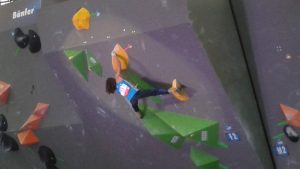
A zone is considered “controlled” if the competitor has either completed the whole boulder or used the zone hold to reach a stable position.
A typical scoring table may look like this at the end of a round:
Rank 1: 4 tops, 5 zones, 5 top attempts, 7 zone attempts 4T5z 5 7
Rank 2: 4 tops, 4 zones, 4 top attempts, 4 zone attempts 4T4z 4 4
Rank 3: 4 tops, 4 zones, 5 top attempts, 4 zone attempts 4T4z 5 4
Rank 4: 3 tops, 5 zones, 3 top attempts, 5 zone attempts 3T5z 3 5
The competitor with the best top-score (i.e. highest number of controlled tops and the lowest number of attempts within the given time-limit) achieves first place. The zone-score is used in the case of a tie between two competitors (i.e. they have the same top-score). If two competitors have the same top-score and zone-score, the results from the previous round (semi-final or qualification) are taken into account. If the two competitors still have the same score in the semi-final or the final, they will be given an equal ranking.
Check out our quick quide to the olympic games here
P.S. If you are reading this, chances are you know the toll bouldering takes on your skin! How about trying our special hand cream for climbers?
Brand: KletterRetter
Brand: KletterRetter
Source/more information: International Federation of Sport Climbing



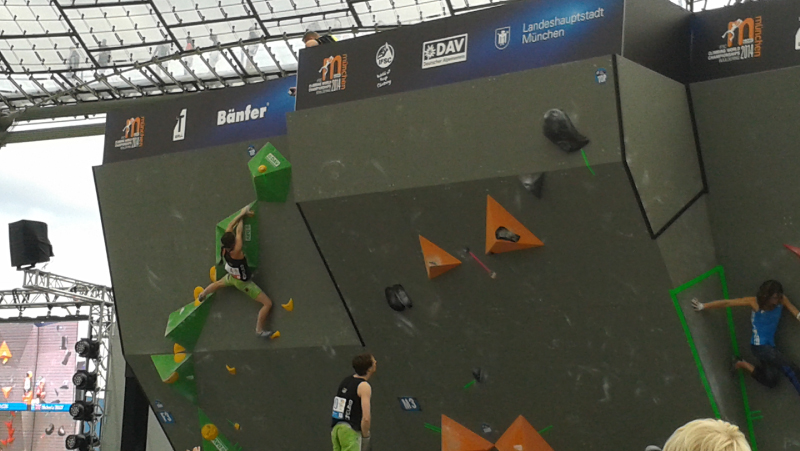
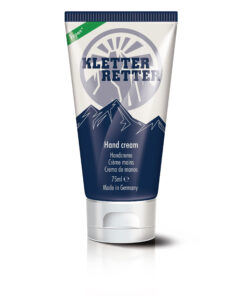
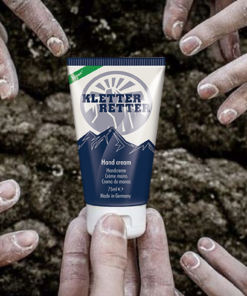
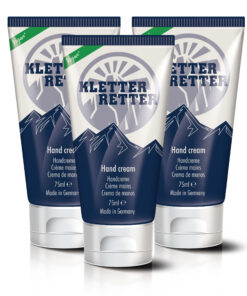

wonderful site
http://rockclimbing-melbourne.com.au/
Hey David!
Maybe it’s a stupid question, but is it possible to have score 4t7 3b4 ? I mean if there are 4 tops that means there are 4 bonus zones at least. I’m trying to understand scoring system and this doesn’t make sense to me. Thanks in advance. Kubo
Hi Kubo,
You’re right and we’ve updated the article.
This article was actually outdated, because they’ve since changed the scoring system to include zones instead of bonus holds, in preparation for the olympics.
David
Thank you for your quick response 🙂
Kubo
Can you clarify? Does the number of tops count above all else? For example, if one climber made 4 tops in 20 attempts, and a second climber made 3 tops in 4 attempts would the climber with the 4 tops win? Do any of the other metrics like number of zones even matter if 1 climber has more tops than all the others?
Hey Jason,
Yeah, that’s right. The number of tops counts above all else. The number of zones and attempts come into play when the number of tops are tied.
David
Hi,
Just wondering whether they have an allotted time to use?
I see different athletes with very different number of attempts. Or do some simple reduce their number of attempts to prevent total attempts diluting tops? (Conversely others may tactically do more attempts seeking more tops)?